Divers Recovered A Piece Of Cold War History From The Bottom Of Lake Ontario
A team of real-life treasure hunters recently set out to uncover something that had been lost years ago. Their goal? Unearth something that had been lost since the Cold War. Back in the 1950s, the Canadian government eagerly sought to destroy any trace of this object’s existence. Despite their attempts, the item was found still intact, sitting at the bottom of Lake Ontario.
They Didn’t Know If They’d Find It
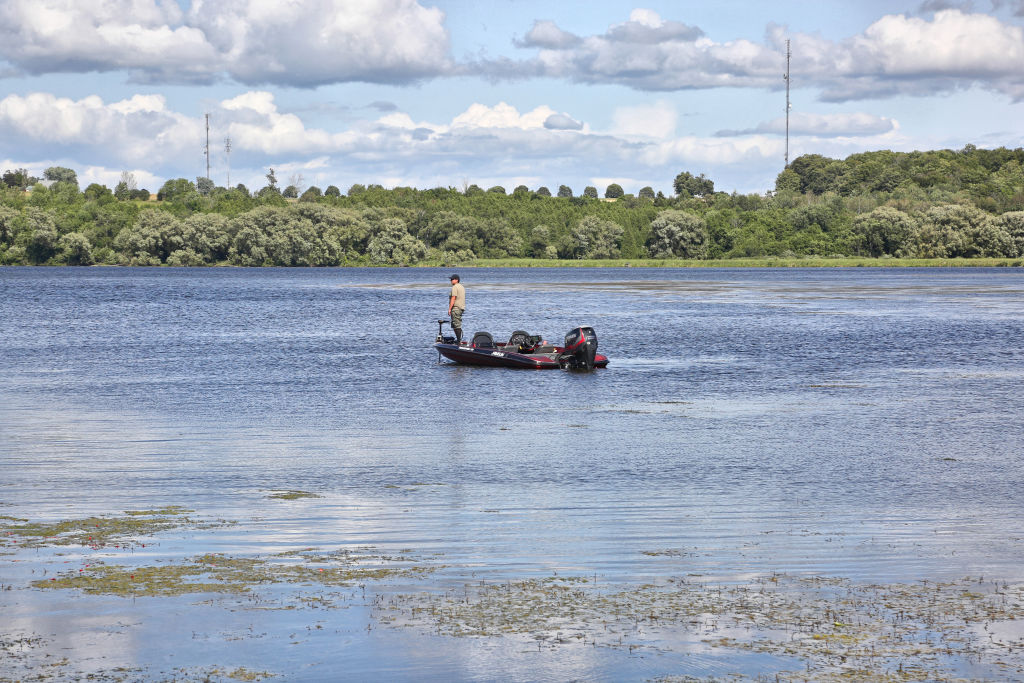
In August 2017, a team of Canadian researchers at OEX Recovery Group Incorporated decided to go look for something they’d heard might have been lost years ago in Lake Ontario. Project Raise the Arrow was born, its purpose being to find whatever valuables lay at the bottom of Lake Ontario.
The plan was to search some areas that were likely to have the object in question. With a lot of money on the line, the team gambled losing their funding if they couldn’t recover it in time.
Locals Knew They’d Seen Something
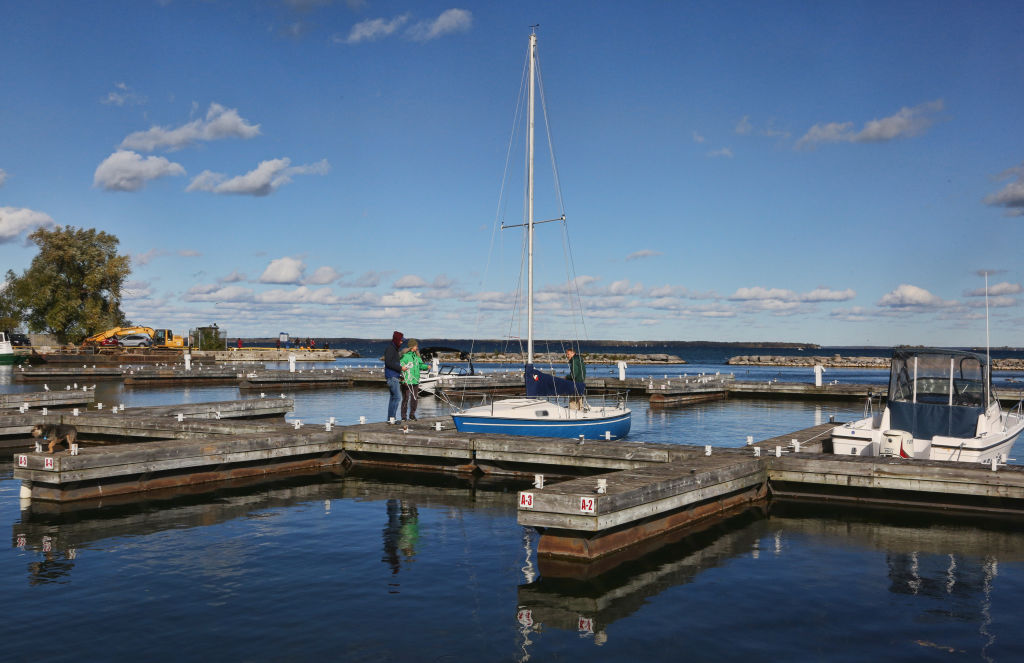
While the search team needed to take measures to expedite a seemingly overwhelming process, they weren’t exactly clear what they were dealing with. All that they knew for certain was that in 1950 some locals had seen an object vanish into the lake.
Tales about the mysterious lake object stirred amongst Ontario locals until the team finally caught wind and decided to hunt the item down. Trying their best to deduce what the object might be based on locals’ age-old accounts was a difficult feat.
The Sweet Spot

According to locals, the landing point for the mysterious object was somewhere around Point Petre. A part of Prince Edward County in the Ontario Province, the spot is a favorite amongst tourists. The wildlife conservation spot boasts beautiful scenery and is a birding hotspot.
Nature lovers particularly enjoy coming to this spot for its incredible rock formations and crystal clear water. On the weekends, visitors can enjoy camping along the waterline and warming up to a campfire.
Lake Ontario Is Multinational

Lake Ontario is so huge that it has shoreline in both the US and Canada, and is the fifth largest lake in North America and the 14th largest in the world. New York state falls on its eastern and southern shores. The lake covers about 7,500 square miles and is about 280 feet deep.
The lake boasts over 100 beaches. It is too big to ever fully freeze, though its surface has frozen over at least five times according to Lake Ontario Waterkeeper.
The Lake Dates Back To These Times

Around 11,000 years ago, the Ice Age was nearing its end. At that time, The Laurentide Glacier that once covered all of Canada melted into Lake Iroquois. As the melting continued, water began to rush into the Atlantic ocean.
As the rocks and islands beneath the gigantic lake settled, and more water poured into the Atlantic, the formation of the lake and its surrounding land began to form, leaving behind the Lake Ontario we know today.
The Search Crew Discovered Something
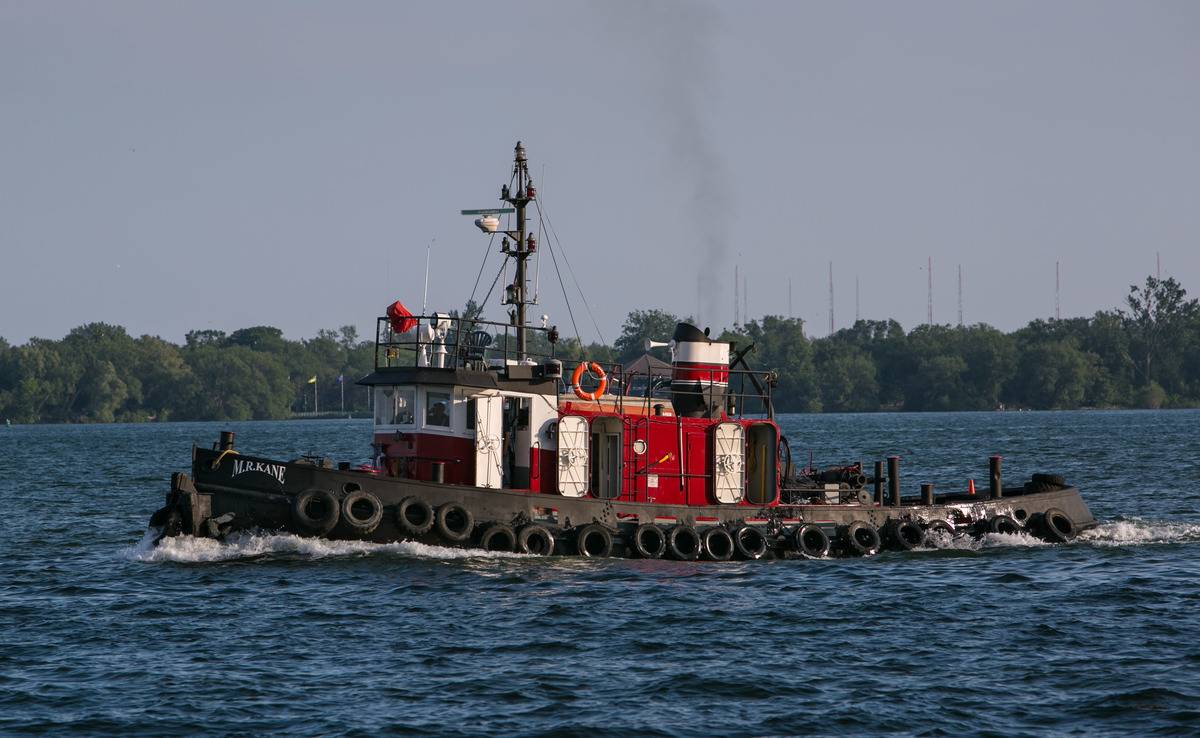
Given the lake’s great enormity, this team knew what they were up against. The thrill of discovering that ThunderFish mini submarine had picked up on something was immense. Looking closely at the images that the sonar sent back, they realized what it had found at last.
The object was a lost miniature prototype of a 1950s aircraft. After being lost, engineers never replicated the object. Completely submerged by the water, scientists had no clues in which to find the now 60-year-old figure.
It All Began In 1946
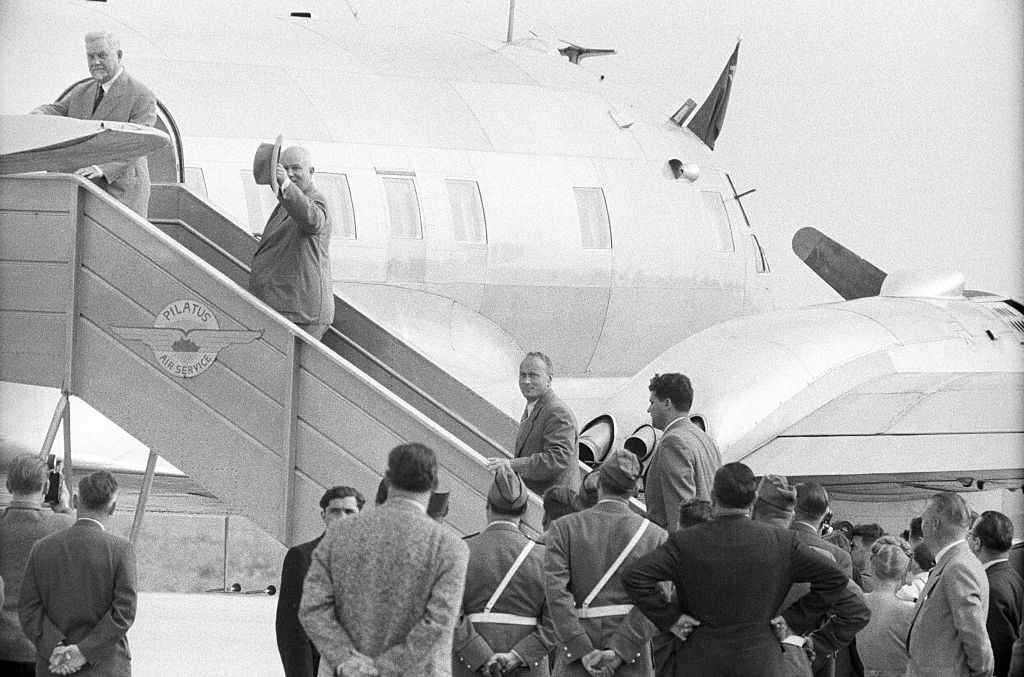
The prototype that crashed had serious potential during the Cold War years. The Canadian government sought to develop a supremely destructive jet fighter. This prototype was one for a plane that could lead the Canadian military, who had been allied with the United States against the communist states of Russia.
Meanwhile, the Soviets were building aircraft that could fly over the Arctic towards the US and Canada. The jet fighter was their defense against looming airborne strikes.
A V Roe’s Plant Creates “Clunk”

The Canada firm Avro Canada, aka A. V. Roe Canada, were tasked with building an aircraft as a response to planes being worked on by Russia. Workers put together the Avro CF-100 Canuck, nicknamed Clunk.
The above photograph shows an assembly of multiple “Clunks” being formed in a row. The aircraft was launched in 1953 and remained an active part of the military until the ’80s. Today, the plane is displayed in an exhibition in Duxford, England as one of the rarest and most treasured aircrafts.
Harder, Better, Faster, Stronger
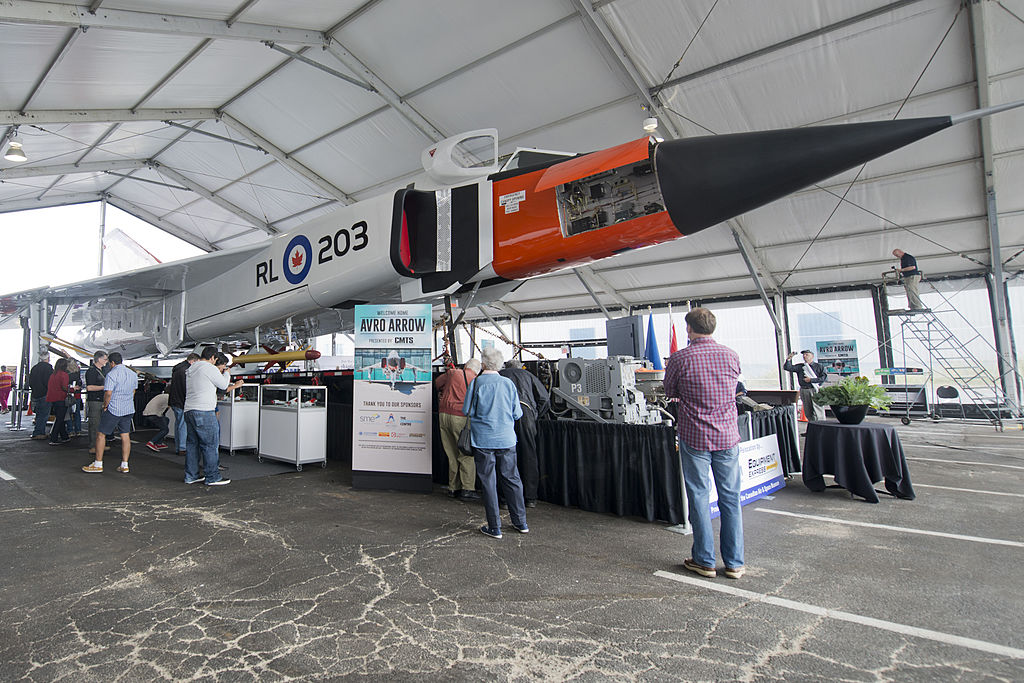
Right before the Canuck model launched, news broke in 1952 that Russians were developing an aircraft that was even more high-tech and high-speed. The Royal Canadian Air Force needed something stronger.
When Canuck launched the Canadian Air Force was already developing its successor. The RCAF put together a report on how to improve the Canuck, birthing a plan for what would become the Avro Canada CF-105 Arrow, a plane that could fly at 50,000 feet at the speed of 1,500 mph.
Launching Tests Happened Here
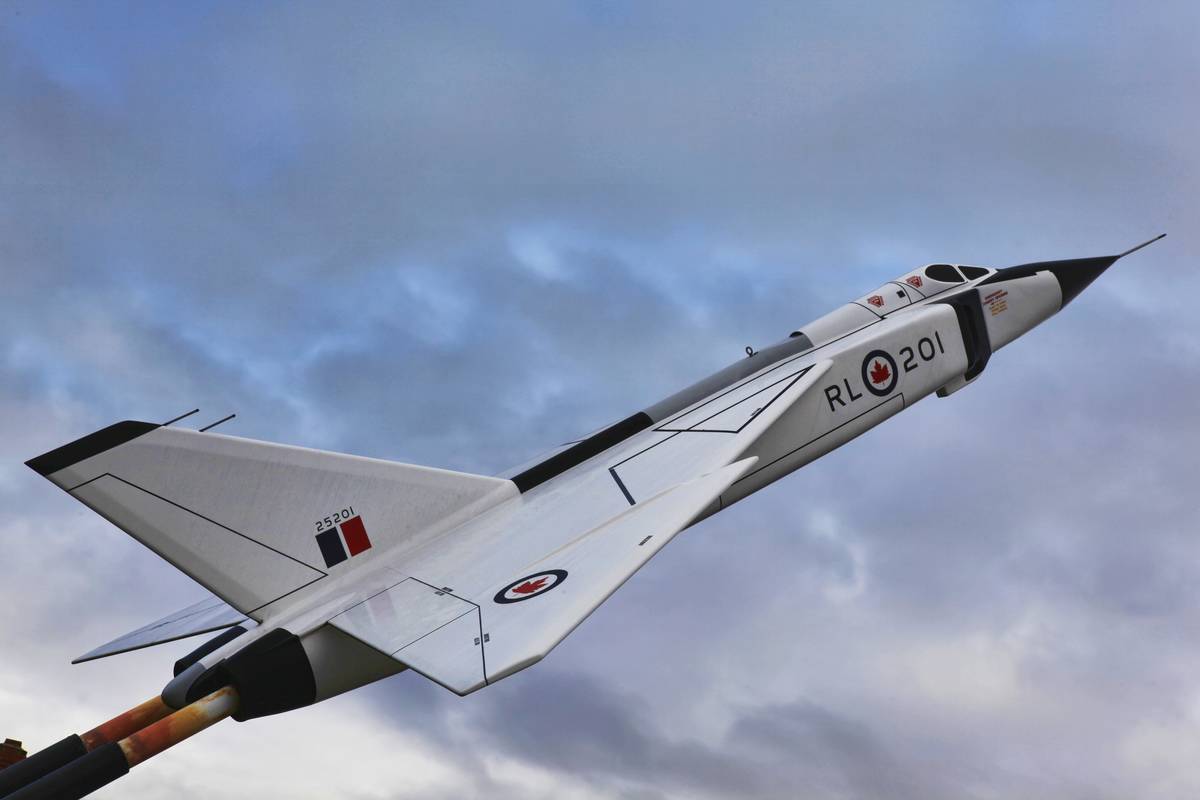
Between 1953 and 1957, nine prototypes of the Avro Arrow were created. One of the notable features of the Arrow was its large, triangular shapes wings. These delta wings were new at the time and were constructed to enable the craft to surpass the speed of sound.
The prototypes were about ten feet long with nearly a seven-foot wingspan. Built to run on solid fuel, the prototypes were launched from Point Petre near, you guessed it, Lake Ontario.
Not Such A Big Deal Afterall
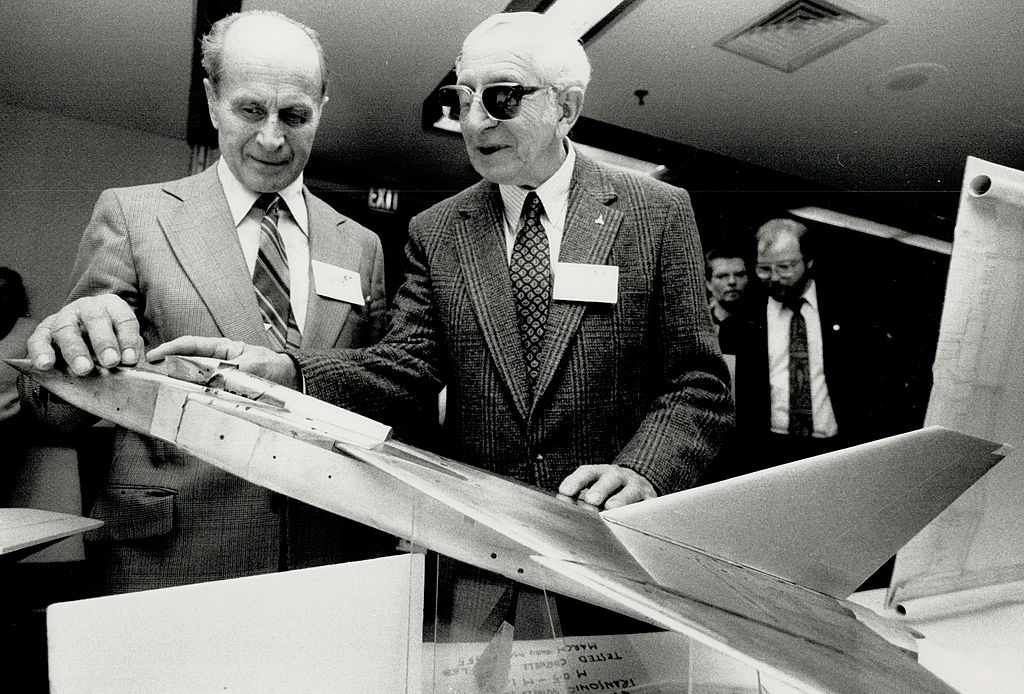
After initial tests, engineers added a tail cone and modified its wings and nose. Once tests were passed, buidling of the actual-sized craft began in 1955. In October 1957, a model of the Avro Arrow was launched. Around the same time, October 4, 1957 to be exact, the Russians took the lead in the space race, coming up with Sputnik 1.
The satellite was the first to orbit the Earth, shocking the world with its success. Worse, the RCAF project on Avro Arrow was completely dropped by 1959.
Not A Trace Was Left
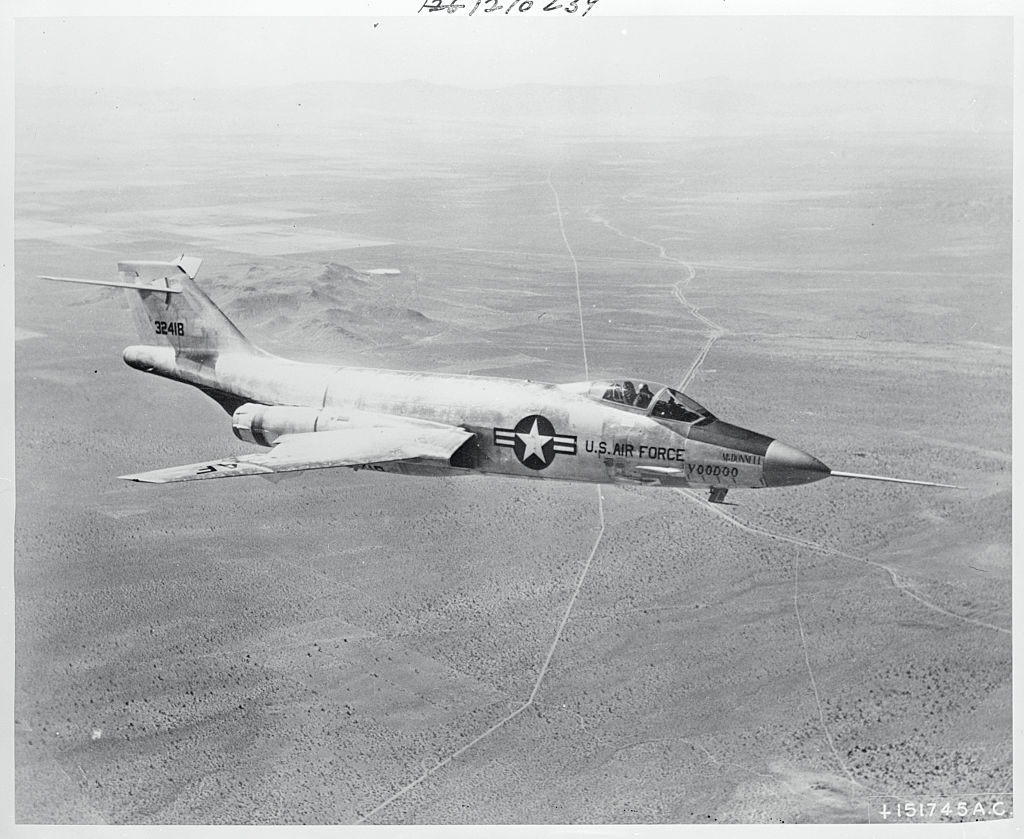
Rather than continue the money pit that the Arrow was becoming, the Canadian government decided to buy the McDonnell F-101 Voodoo aircraft and Bomarc B missiles from the United States. 30,000 people were laid off because of it.
All drawings, models, and other information regarding the Avro Arrow were destroyed in order to prevent replication. The only traces of the project that couldn’t be properly exposed of without a trace were sunk into the bottom of the Ontario Lake.
Something’s On The Lake Floor
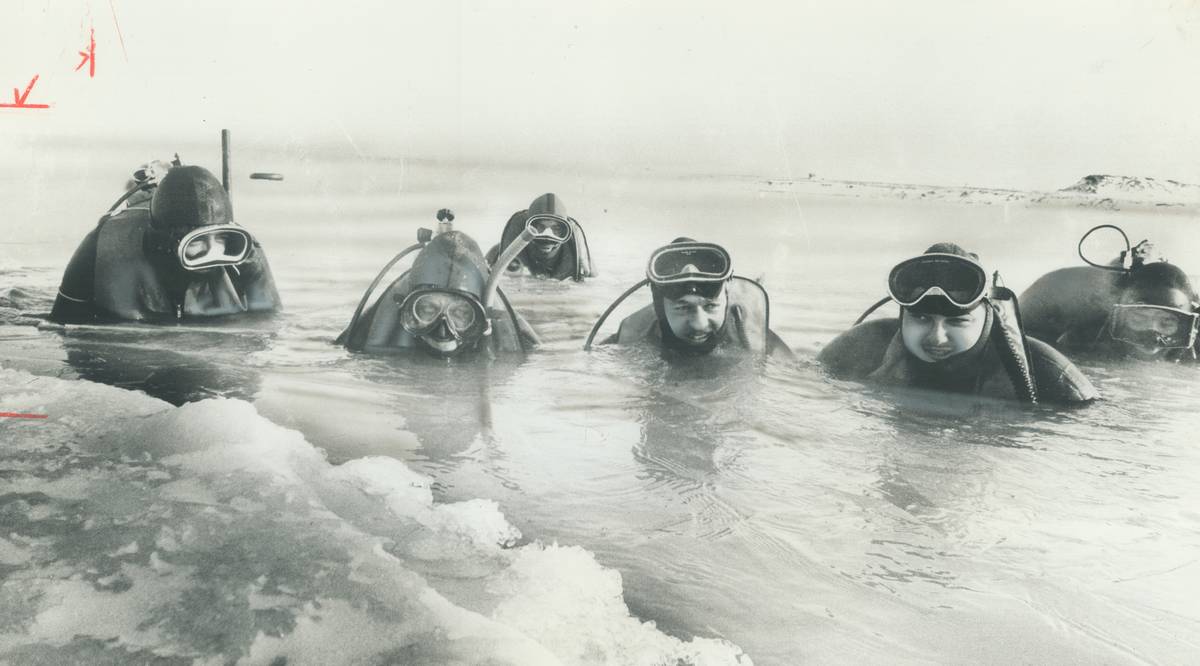
John Burzynski led the team to various high probability areas, and after weeks of searching success hit. Being able to locate a 60-year-old prototype in time by using Canada’s leading-edge technology restored some of the pride that may have been damaged in those Cold War years, when Russians were hard to keep up with.
Covered in zebra mussels, the first model was found on the rocky lake bed at the end of August 2017. Returning it to land would be a gradual process.
Diving Is A Lot More Dangerous Than We Realize

Divers were sent down to remove the debris and assess the object. According to USGS, “Zebra mussels are an invasive, fingernail-sized mollusk that is native to fresh waters in Eurasia. [They] probably arrived in the Great Lakes in the 1980s via ballast water that was discharged by large ships from Europe.”
Having rapidly expanding throughout the great lakes, it’s not surprising that divers have to take care to remove these mussels which had nearly covered the prototypes over the past several decades.
Finding The Object Was Only Half The Battle
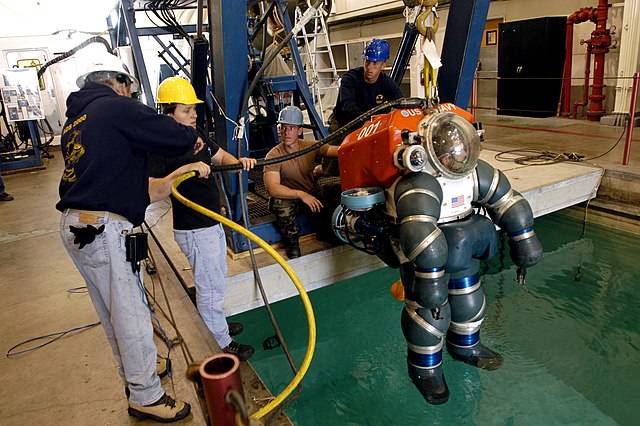
Divers had to unbury the found object well enough to secure the pulley underneath the heavy object. The difficult feat required trained workers to remain at the bottom of the lake’s floor. Lake Ontario’s maximum depth is 800 feet.
The only way a diver can reach levels beyond a couple hundred feet is by wearing an atmospheric suit. Technology was not only needed to find these peices, but also to retrieve them without harming the team.
A Year-Long Removal
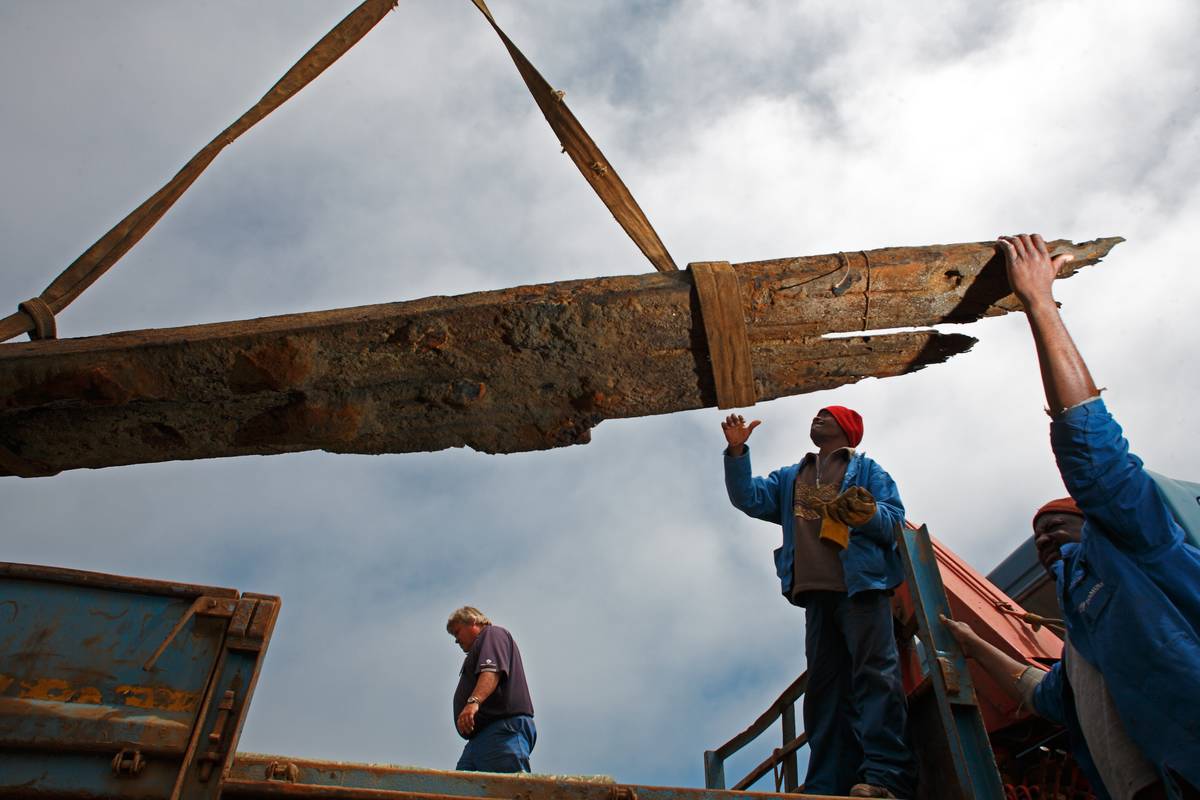
Once the prototypes were removed, it was much easier to continue the process of clearing the item for closer inspection. However, getting the model onto land was a much longer process than one might assume it’d be.
Despite initial findings having been detected via sonar shortly after the team set out in 2017, it was not until a year later that the item made it onto land. Once a heavy item has become encrusted on the floor of a great lake, it can’t just be ripped out.
A Picture Worth A Thousand Words
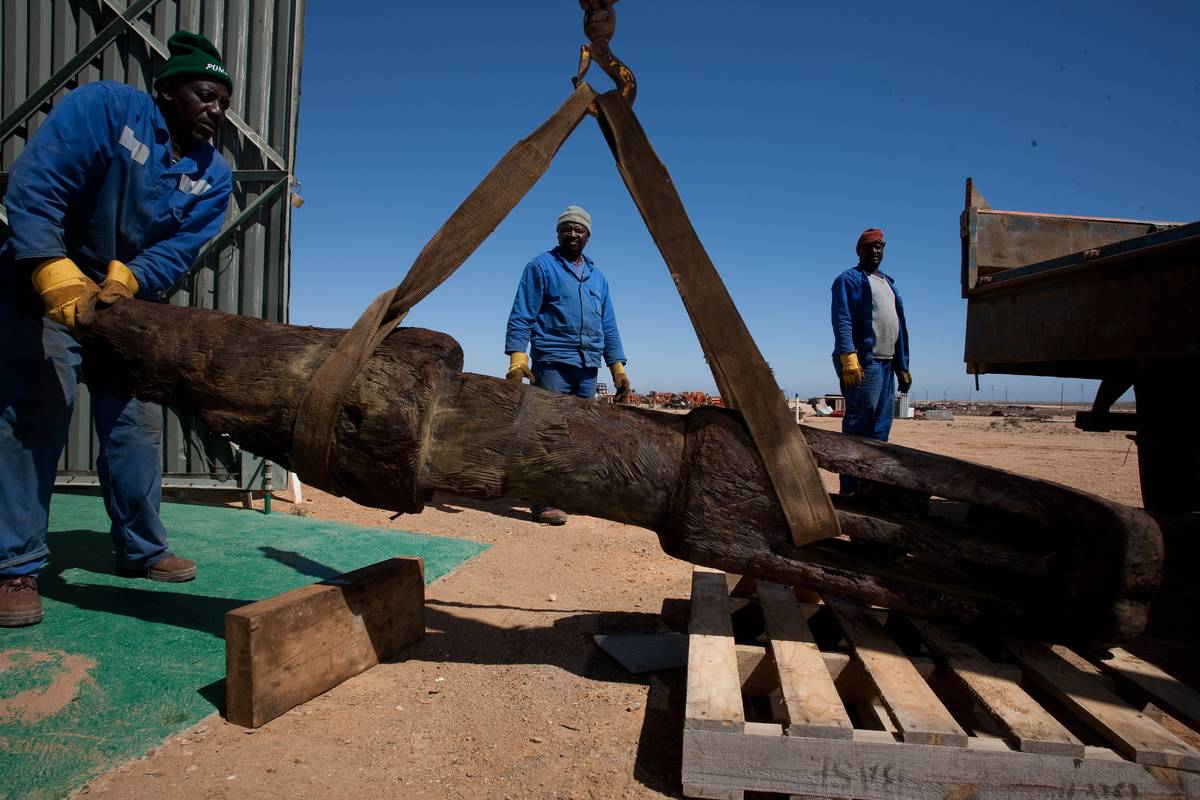
By using a properly scaled schematic, team members were able to compare the found object to the prototypes that had been lost in the 1950s. Even after years of chemical reactions with the water, the structure clearly resembles the Arrow.
What’s more amazing is how intact the item is. Though only small-scale prototypes, it was important to make them as durable as possible. Without the technology of today, testing out these models was our only indication of how aircrafts would fly.



